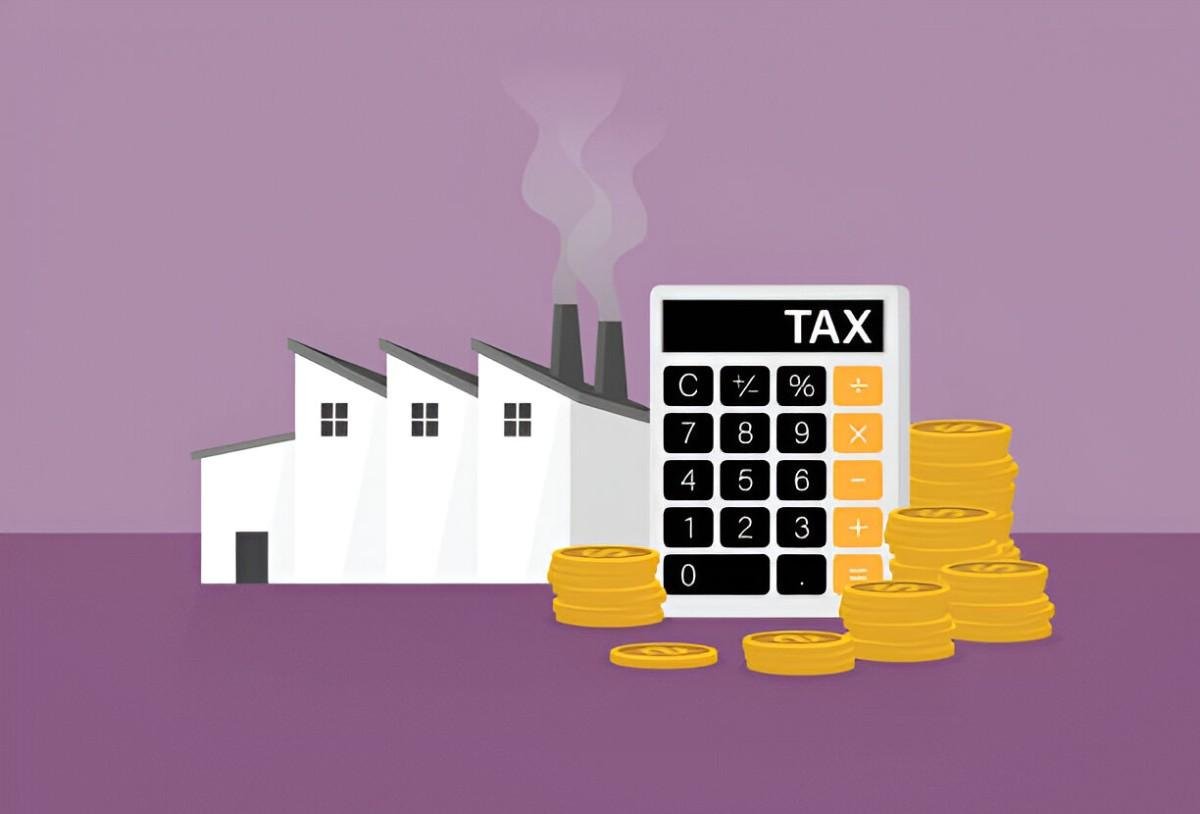Introduction
Petroleum Revenue Tax (PRT) is a fiscal mechanism that applies to oil and gas production. The tax structure surrounding petroleum revenue is complex, involving multiple layers of taxation designed to ensure a fair distribution of profits between corporations and governments. This article will explore PRT from a US perspective, breaking down its core components, calculations, and implications for businesses and taxpayers.
Table of Contents
What Is Petroleum Revenue Tax?
PRT is a tax levied on profits derived from oil and gas extraction. Governments impose PRT to capture a portion of the economic rent generated from petroleum resources, which are finite and owned by the state. This tax is distinct from corporate income tax because it specifically targets upstream oil and gas activities.
The Structure of Petroleum Revenue Tax
The structure of PRT typically involves:
- Gross Revenue Taxation: A percentage applied to total revenues before deductions.
- Profit-Based Taxation: A tax applied to net profits after allowable deductions.
- Royalties: Payments made to the government based on production levels.
- Windfall Taxes: Additional levies imposed when oil prices exceed a certain threshold.
Comparison of PRT with Other Taxes
| Feature | Petroleum Revenue Tax | Corporate Income Tax | Excise Duty |
|---|---|---|---|
| Basis of Taxation | Profit from extraction | Net corporate profits | Volume of goods |
| Allowable Deductions | Depreciation, Opex, Capex | Depreciation, Opex | Limited |
| Taxpayer | Oil and gas companies | All businesses | Manufacturers |
| Purpose | Resource rent capture | General tax revenue | Consumption control |
How Petroleum Revenue Tax Is Calculated
PRT is calculated based on taxable profits from petroleum production. The formula for computing PRT is:
\text{PRT Liability} = (\text{Revenue} - \text{Allowable Deductions}) \times \text{PRT Rate}Example Calculation
Consider a petroleum company operating in the US with the following financial details:
- Gross revenue: $500 million
- Operating expenses: $200 million
- Capital expenditure: $50 million
- PRT rate: 35%
Step 1: Calculate taxable profit
\text{Taxable Profit} = 500 - (200 + 50) = 250 \text{ million}Step 2: Compute PRT liability
\text{PRT Liability} = 250 \times 0.35 = 87.5 \text{ million}Thus, the petroleum company would owe $87.5 million in PRT.
Deductions and Allowances Under PRT
PRT laws provide specific deductions to incentivize investment in oil and gas projects. These include:
- Operating Expenditures: Costs related to production operations.
- Capital Allowances: Deductions for investments in infrastructure.
- Decommissioning Costs: Expenses for shutting down oil rigs.
Economic Impact of Petroleum Revenue Tax
PRT plays a critical role in revenue generation for governments. However, high tax rates may discourage investment in the sector. The tax burden on oil and gas companies must be balanced to encourage exploration while ensuring the government collects its fair share of resource rents.
PRT and Investment Decisions
Oil companies consider several factors when making investment decisions, including:
- Expected future oil prices
- Tax rates and incentives
- Political stability
- Cost of production
High PRT rates can deter investment, leading to lower production levels and reduced economic growth. Conversely, well-structured PRT policies can attract foreign investment.
Petroleum Revenue Tax in the United States
While the US does not have a federal PRT, states impose severance taxes on oil and gas extraction. These taxes function similarly to PRT but vary by state. For example:
| State | Severance Tax Rate |
|---|---|
| Texas | 4.6% (oil), 7.5% (gas) |
| Alaska | 25% (net profits) |
| California | Variable (depends on production volume) |
Conclusion
Understanding Petroleum Revenue Tax is essential for anyone involved in the oil and gas sector. While the US does not have a national PRT, state-level severance taxes serve a similar purpose. Proper tax planning can help businesses navigate the complexities of petroleum taxation and optimize their financial performance. Policymakers must strike a balance between taxation and investment incentives to ensure sustainable development of petroleum resources.





